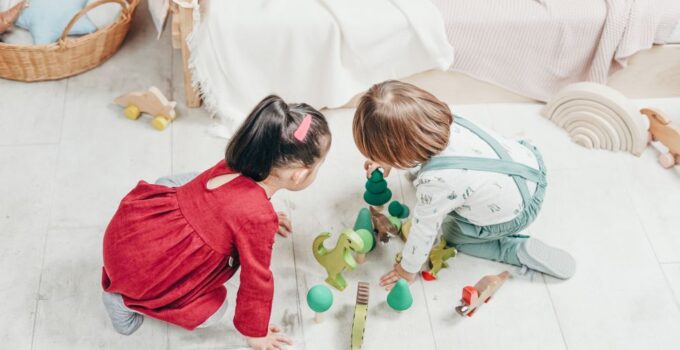Fine motor skills are considered an utmost developmental area for kids aged one and beyond, and toys are a big way to help your toddlers learn these skills. With this, it is vital to know that the most suitable toys for fine motor skill development are safe and age-appropriate. It also needs excellent features to help your kids learn how to push, pull, twist, pinch, and many more.
Since your little one most likely places toys in their mouth, it’s essential to look for those with smooth edges. It should also have no small parts that can be a potential choking hazard.
Page Contents
Types of Toys Worth Considering
There are many types of toys you can choose from in order to help your little one develop their fine motor skills. Below are some of these toys:
Pretend Play Toys
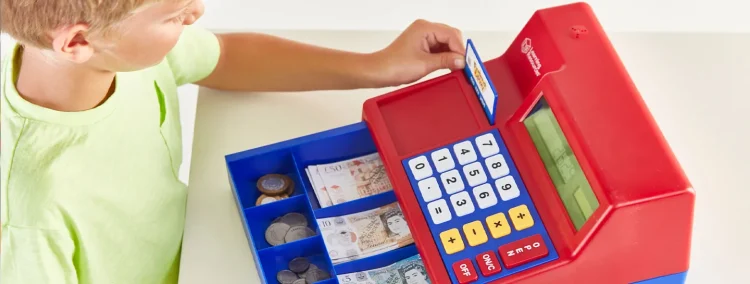
Source: learningresources.co.uk
Toys that can encourage your toddler to play pretend are beneficial in developing their fine motor skills. These toys teach your child to do tasks that require them to use those tiny muscles in their hands, fingers, and forearms. This practice can help them perform their day-to-day tasks as they grow older.
You can buy pretend toys from your local toy stores or find them online, such as the ones you can get at https://myhappyhelpers.com.au/collections/toy-doctor-kit.
Threading Beads
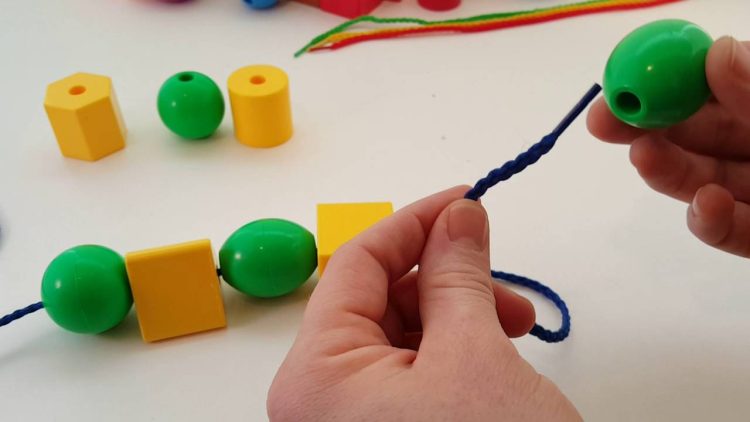
Source: tthme.com
Threading beads on a string is a toy that can help your toddler develop their motor skills. However, playing with this toy will take a lot of determination and concentration as well.
Threading beads are sometimes referred to as lacing beads. You can find many types and sizes available in the market. Furthermore, looking for oversized wooden threading toys for toddlers is recommended.
Wooden Blocks
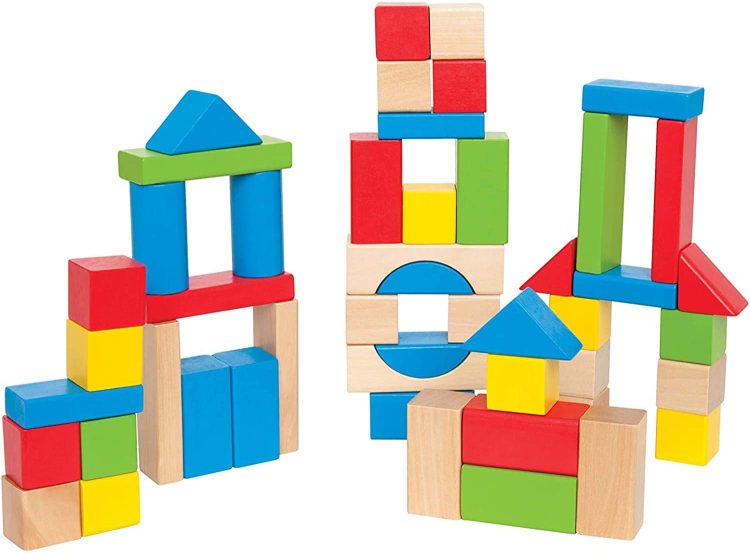
Source: amazon.com
One of the best fine motor skills activities is block play. It is suitable for all ages starting from 1 year and beyond. It is vital to know how block play carries many benefits in your toddler’s motor development. This includes a boost in motor skills, increased attention span, and problem-solving.
Your little one can play with plastic, foam, or light wooden blocks. However, investing in large wooden blocks is best since they are more durable and long-lasting. Furthermore, it is recommended to look for wooden blocks of good quality with many pieces formed in different shapes and sizes to encourage your kid’s construction, play, and creativity.
Lacing Cards
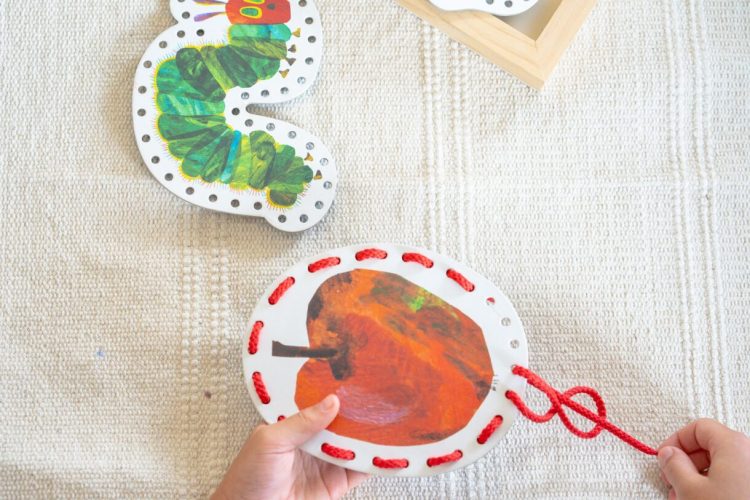
Source: rootedchildhood.com
If you want your toddler to develop eye-hand coordination and fine motor control, lacing cards are the toys you have been searching for. This toy is suitable for kids aged three and above since it requires a lot of control. Moreover, lacing involves moving a shoelace or a string in and out of the holes on the board. This play incorporates the same skills in lacing your shoes up.
Peg Boards
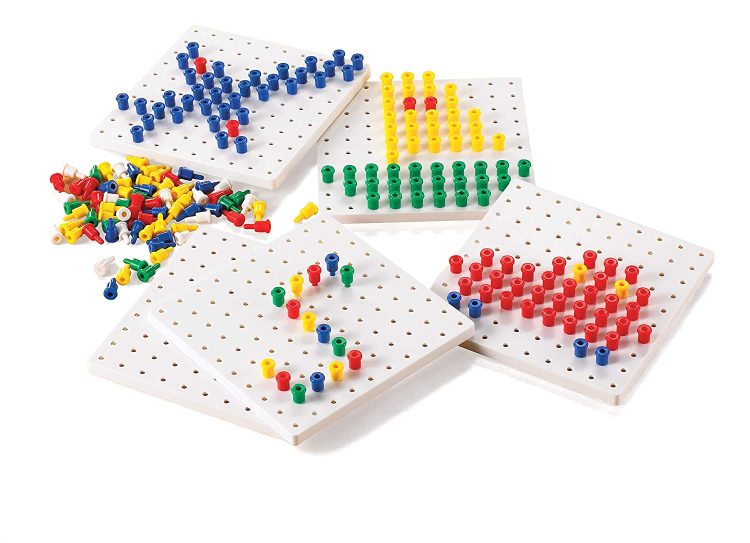
Source: amazon.com
Pegboards come in all styles and types. Plus, they are great for developing your kid’s hand-eye coordination. Furthermore, it is crucial to know that the best peg boards for toddlers are chunky and large so they can be easy to handle.
Playdough and Tools
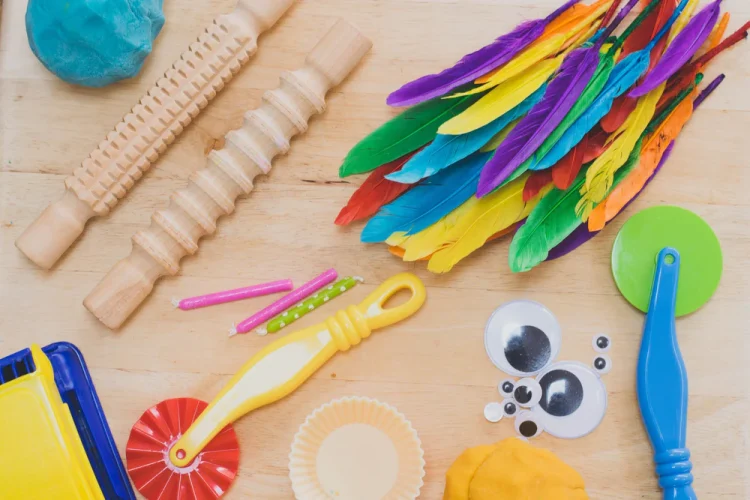
Source: inspiremyplay.com
Playdough can play a huge role in improving your child’s finger muscles. Of course, you can easily make homemade playdough. However, it is also great to buy a set of playdough cutters and tools like molds, stamps, and rolling pins, which will take your kid’s fine motor skills to another level.
Puzzles
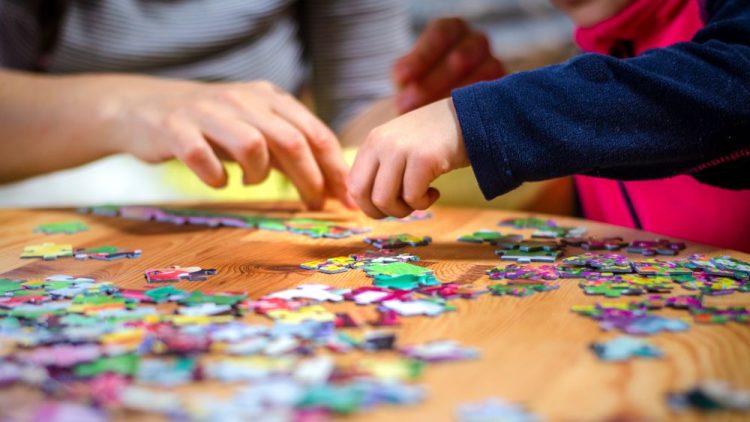
Source: edition.cnn.com
There are multiple types of puzzles available in the market. You can follow these tips to help you guide how to choose the right puzzle:
- It is vital to remember that the younger the child, the more significant puzzle pieces they should be.
- You can start with a few pieces and move on to more pieces as time passes.
- If you think the puzzle is challenging for your child but doable, then it’s the best size for your little one.
- It is recommended to choose sturdy wooden puzzles that will last.
- Your toddler can begin with chunky puzzles, shape sorters, and knob puzzles.
Other Options That Can Help Your Toddler
The following are not considered toys. However, they are essential in developing your child’s fine motor skills.
Drawing and Painting Tools
Drawing and painting tools are great for building your kid’s fine motor skills since they can allow them to draw, paint, and grasp different tools. You can choose to let your child explore oil pastels, wax crayons, markers, colored pencils, paint rollers, paint brushes, and many more. As your child passes through the stages of drawing and painting, they also strengthen their ability to grasp tools, which will eventually help them know how to write.
Scissors
Knowing how to control scissors and cut is a crucial fine motor milestone. However, it is vital to prioritize safety. Thus, choosing safety scissors with blunt-nosed tips and letting your little one cut freely as often as possible is recommended.
Fine Motor Skills Your Toddler Develops
It is essential to know that your toddler’s fine motor skills will begin to rise between the first and second years of their life. To know more about these skills, here are the motor skills milestones you should look out for as your baby passes their first birthday and unto two and beyond:
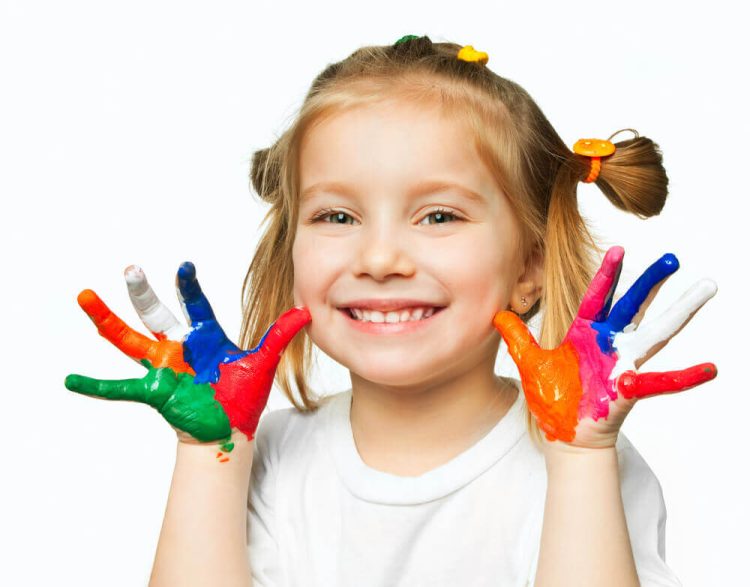
Source: marktheirwords.com
12 to 18 months:
- Can cover and uncover containers or boxes;
- Can scribble and paint;
- Can turn knobs and pages;
- Places around pegs into matching holes;
- Masters the pincer grasp;
- Can pick up things in motion (a moving toy car or ball, for example);
- Can build a tower of four blocks.
18 months to 2 years:
- Can stack five to six blocks;
- Can make shapes out of clay;
- Can place large square pegs into the corresponding holes;
- Can take toys apart and piece them back together;
- Can fold the paper (when illustrated how).
Two years and above:
- Can build a tower up to six blocks or higher;
- Starts to grip a pencil or a crayon properly;
- Can pull off their shoes;
- Can unzip a larger zipper;
- Can easily manipulate any small objects
- Has wrist and hand coordination movements that can unscrew a jar lid, turn doorknobs, and others.
To Wrap It Up
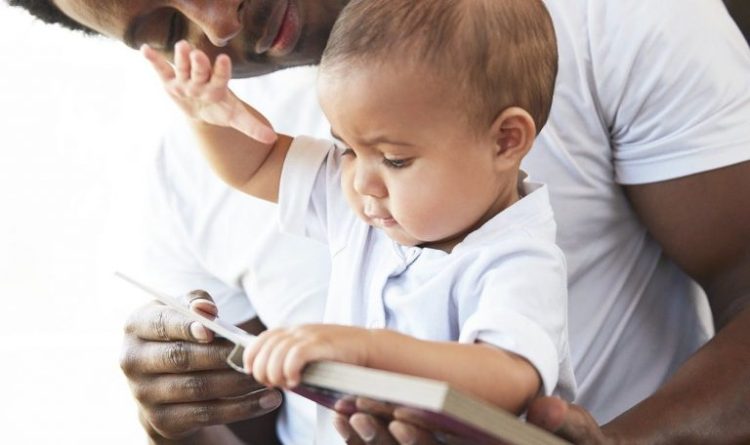
Source: lovevery.eu
Your little one’s fine motor development involves basic skills such as reaching, grabbing, and raking. And they are ready to take these skills to the next level as they continue to age and gain more control over their wrists, hands, and fingers. Concerning this, toys are a great way to improve your child’s development and boost the fine motor skills they’ll need. Thus, it is recommended to buy one for your baby’s development advantage.

